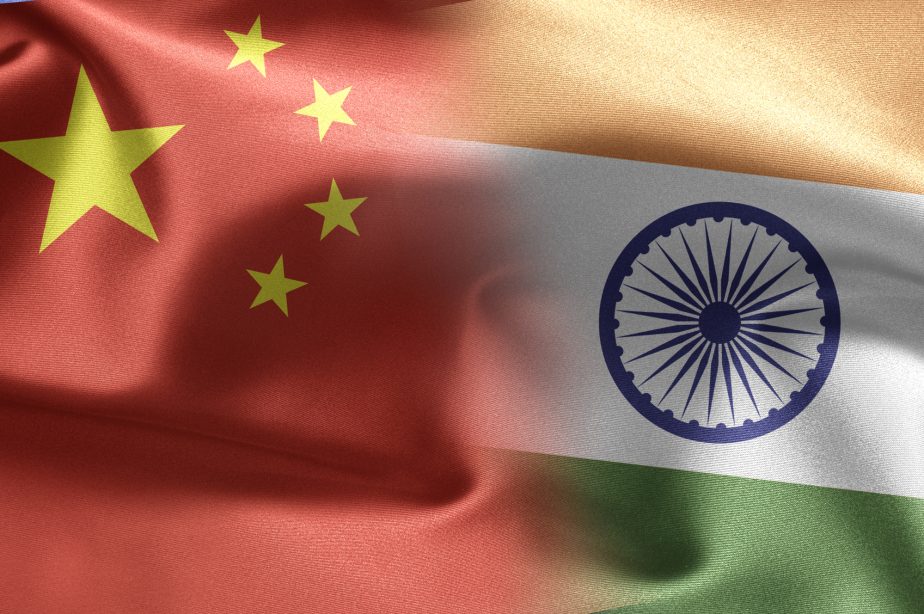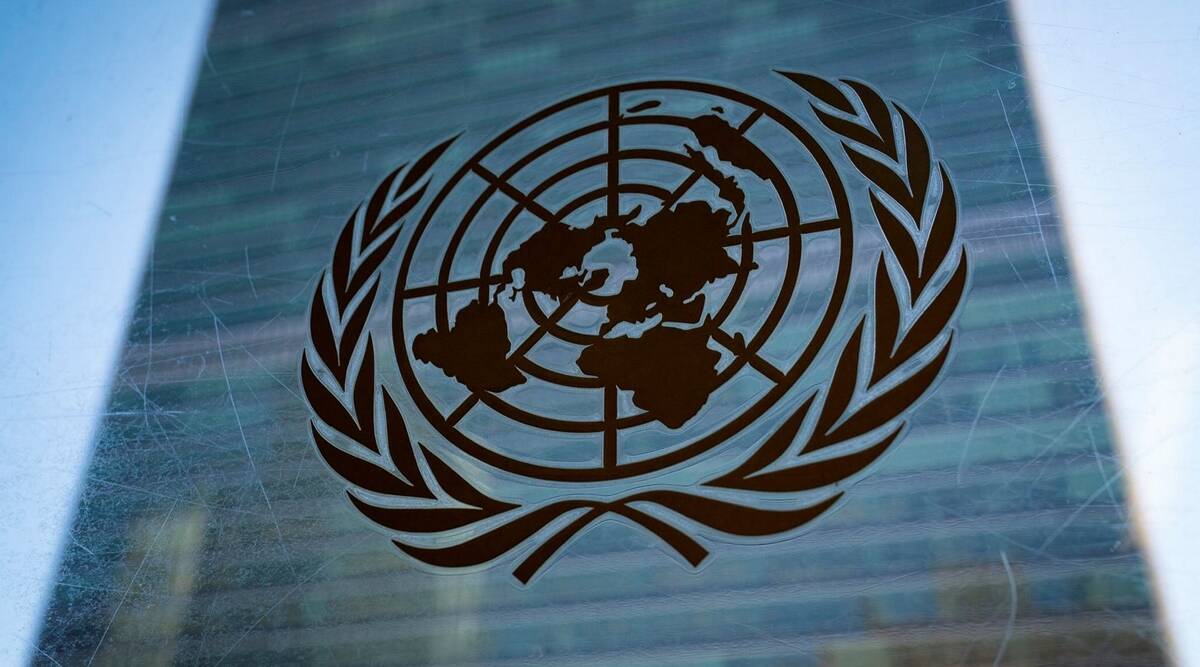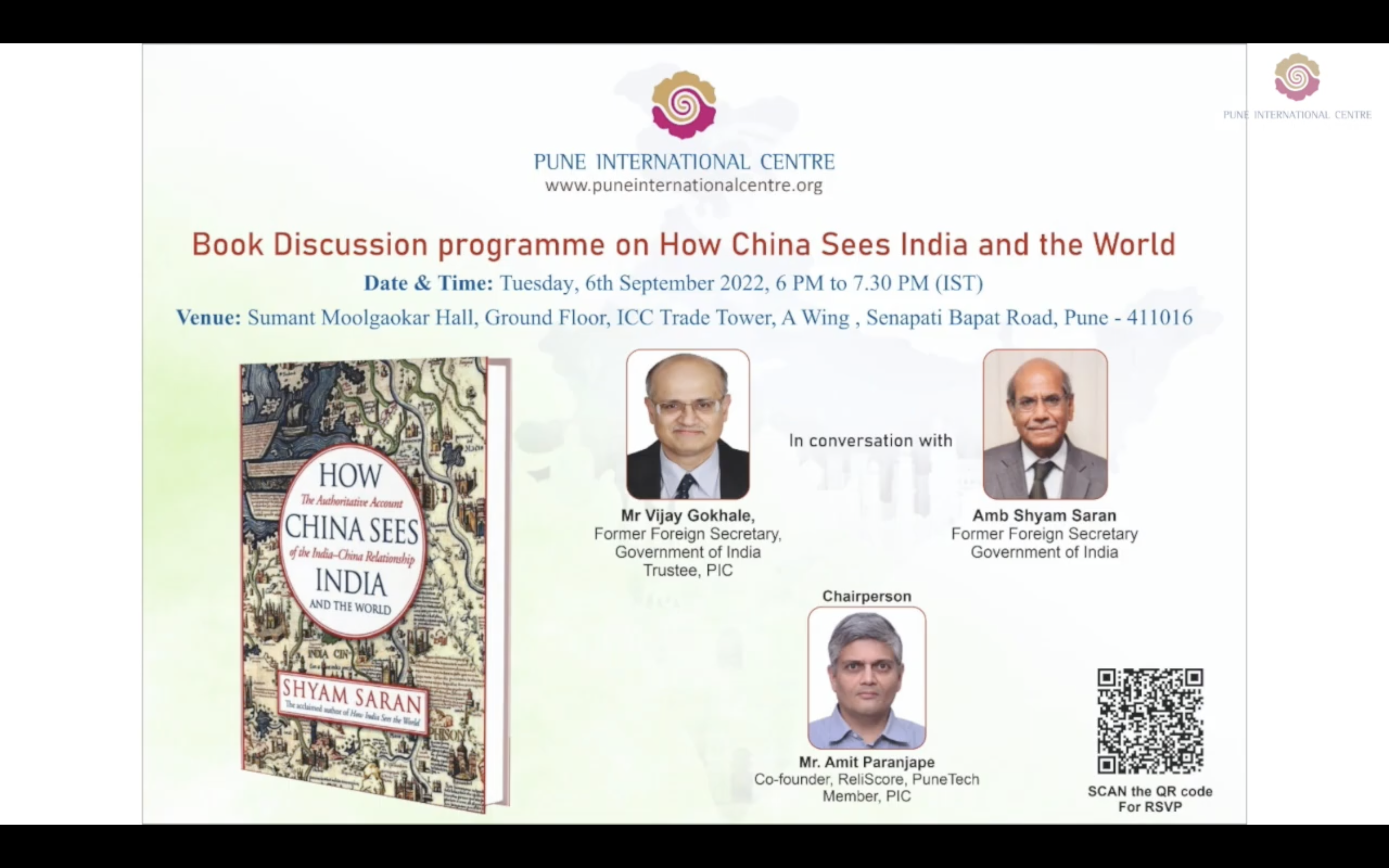India’s Space Priorities Are Shifting Toward National Security
CARNEGIE ENDOWMENT FOR INTERNATIONAL PEACE
APLN member Rajeswari Pillai Rajagopalan wrote on India’s changing space priorities, with greater focus on national security, reflected in its technological developments and new partnerships including Quad. Read the original article here.
Intensifying security concerns, especially over China, likely will be a major driver of New Delhi’s space goals in the coming years.
When India began its space program in the 1960s, it was a developing country with limited resources, and it focused on using space to push its social and economic development agenda. But the space program has expanded over the past decade, with two important changes: an ambitious space exploration program and an increased use of space for national security purposes. Intensifying security concerns regarding China, including Beijing’s growing counter-space capabilities, likely will be a major driver of New Delhi’s space goals in the coming years. This is likely to result in greater attention to national security aspects of India’s space program, as well as to developing new space security partnerships.
GROWING SPACE AMBITIONS
India’s aspirations are reflected in its missions to the Moon and Mars. The Indian Space Research Organization is also working on Gaganyaan, the country’s first human space mission scheduled for 2023. Though many have questioned these ventures on the grounds that India still faces enormous developmental challenges, there are several reasons to continue these ventures.
First, space exploration is the logical next step as India’s space program matures and gains sophistication. Indian space capabilities have grown slowly but steadily, with larger boosters and more complex space operations. Further space exploration to gain greater technological competencies would be the next logical step.
Second, while these missions may not have a direct developmental or social benefit, they increase the visibility and profile of the Indian space program and make it a more attractive partner for collaboration. These missions also demonstrate New Delhi’s ability to undertake complex projects despite tiny budgets. This enhances the attractiveness of India’s space launch facilities, which indirectly benefits the program’s revenue stream and soft power value.
Third, undertaking these missions has resulted in spin-off technological breakthroughs. For instance, India’s deep space communication capabilities are believed to have benefited because of these missions. India’s first Moon mission as well as the Mangalyaan mission for deep space communication functions were assisted by NASA. Together, these missions and developments are seen as important credentials for India to gain a louder voice on global governance of outer space.
GREATER MILITARY FOCUS
Military and security imperatives have also gained greater prominence in Indian thinking about space utilization. Although New Delhi does not have a declared space policy document, the growing military orientation can be gleaned from official statements in the Indian Parliament and from organizations such as the United Nations. India’s approach to space is now driven by a sense of pragmatism and by national security concerns, as opposed to the morality- and sovereignty-related considerations that shaped the program until the 1990s. Given this new motivation as well as the changing space security conditions, India’s space program has developed credible launch capabilities and a mix of intelligence, surveillance and reconnaissance, and Earth observation satellites for military purposes.
These growing capabilities should significantly increase the Indian military’s situational awareness, especially of the areas around the country’s borders. Some of India’s earliest military satellites, such as the RISAT series, were specifically meant to do this. Though initially developed in the context of terrorist threats after the 2008 Mumbai attack, these systems have broader utility for all the country’s military services. India has also deployed communication satellites that allow each branch to better coordinate operations. This is particularly important for the Navy, given its far-flung operational theaters. Finally, India’s investment in its own navigation satellite constellation will help all Indian forces, in all types of operations, to situate themselves without the vulnerability of depending on foreign navigational satellites.
Along with the capability developments, India has also undertaken institutional changes to improve how its armed forces utilize space. The 2010 establishment of the Integrated Space Cell was a small yet important step in creating greater coordination between the Department of Space and the Indian Armed Forces, as well as in generating a common understanding of the emerging threats that India faces. The Defence Space Agency, set up in 2018, may be a similar baby step as a forerunner to a full-fledged aerospace command, which the armed forces have demanded for more than two decades.
COUNTERING SPACE THREATS
Broader global space security trends and specific developments in the Indo-Pacific have pushed India to invest in military space capabilities. China’s anti-satellite (ASAT) test in January 2007 was a wake-up call about the potential threats India faces, and it prompted a new debate within India about how it should protect its space assets. From this debate emerged a unanimous view across the political, military, and scientific bureaucracy that India needed to develop an appropriate response in order to deter any attacks on its own space assets. Even though the Manmohan Singh government approved research on an ASAT capability, it did not order an ASAT test until March 2019 under Prime Minister Narendra Modi. This decision was a recognition that India’s long-held belief in strengthening global governance of outer space was either not going to bear fruit or would be insufficient to protect its interests. Explaining the rationale for the 2019 test, the Ministry of External Affairs claimed that the new capability “provides credible deterrence against threats to our growing space-based assets from long range missiles.”
The decision was not without its challenges. For one, conducting the test was a major departure from New Delhi’s long-stated position on utilizing space only for peaceful, developmental, and scientific purposes. India had long been a critic of the superpowers for using space for military purposes. In addition, the test undermined the country’s own interests in maintaining outer space as a peaceful realm, a necessity for India’s continued development. Given India’s extensive use for both national security and developmental purposes, an untrammelled race toward ASAT deployment would potentially threaten India’s own space resources. Nevertheless, the ASAT test became the most visible demonstration of India’s new seriousness about space security.
SPACE SECURITY PARTNERSHIPS
India also is building partnerships with other states to counter China’s prowess. New Delhi has established or strengthened space security partnerships not only with the Quadrilateral Security Dialogue (the Quad, which also includes the United States, Japan, Australia), but also with France and others. While its bilateral partnerships with Japan, France, and the United States have involved both civil and security developments, the Quad as a group has also emphasized consultations on norms of responsible behavior and regulations, with an eye clearly on China. This is especially important from an Indian perspective, as the move marks a departure from the country’s traditional partnership with nonaligned G21 countries, which have generally insisted on legally binding, verifiable mechanisms on space global governance rather than just norms. This was India’s position too, but the growing fear of China has forced it to shed some of its hesitancies and work with the Quad on developing space norms and regulations.
INDIA AS A MATURING SPACE POWER
Going forward, India should deepen its engagement with like-minded partners. In particular, it should push the Quad to double down on its efforts on space security and governance. Space security threats have the potential to rapidly reduce the usable space orbits, a common concern for all the Quad countries. The lack of consensus in multilateral space security discussions and arms control debates suggest that the Quad has an opportunity to play an essential role in consolidating views among key states. The Quad should eventually bring in the UK, Canada, France, and others to develop a coordinated platform in multilateral negotiations.
India should also partner with the Quad on Space Domain Awareness (SDA), which is essentially the capacity to track the space environment for threats, including naturally occurring events and intentional attacks. The United States is the most capable state in this regard, but growing space insecurity, especially acute among Indo-Pacific states, points to the need for more comprehensive coverage of the Southern hemisphere. This would require upgrading space tracking and monitoring capabilities so that there is constant flow of information on the threat environment, which can also enable timely action and appropriate redressal measures. Outside the United States, Quad countries have limited SDA capabilities, but combining efforts can provide a better picture of the threats in the Indo-Pacific and beyond. This could involve enhancing both the quality of surveillance as well as the number of platforms available for this.
And despite India’s reluctance, New Delhi should consider joining the U.S.-led Artemis Accords, the bilateral agreements between Washington and participant countries, based on key principles enshrined in the Outer Space Treaty of 1967 for safe, secure, and transparent exploration of the Moon. India has not endorsed the accords possibly because it is not a multilateral agreement created under a UN umbrella. Nevertheless, it offers an important opportunity to review lunar activities as well as develop norms and standards for lunar activities around themes such as information sharing, interoperability, and lunar governance measures. In reality, India has no realistic alternative to the Artemis Accords; the International Lunar Research Station being developed by China and Russia is simply not a viable option for India, considering the state of India’s relations with China.
With the growing perception of space security threats from China and a desire to enhance India’s space capabilities and influence in global governance of space, New Delhi is likely to press ahead with its ambitious space goals in the coming years. This will lead India to focus on technology development while also developing and nurturing space security partnerships with like-minded countries in the Indo-Pacific.
Image: Getty




